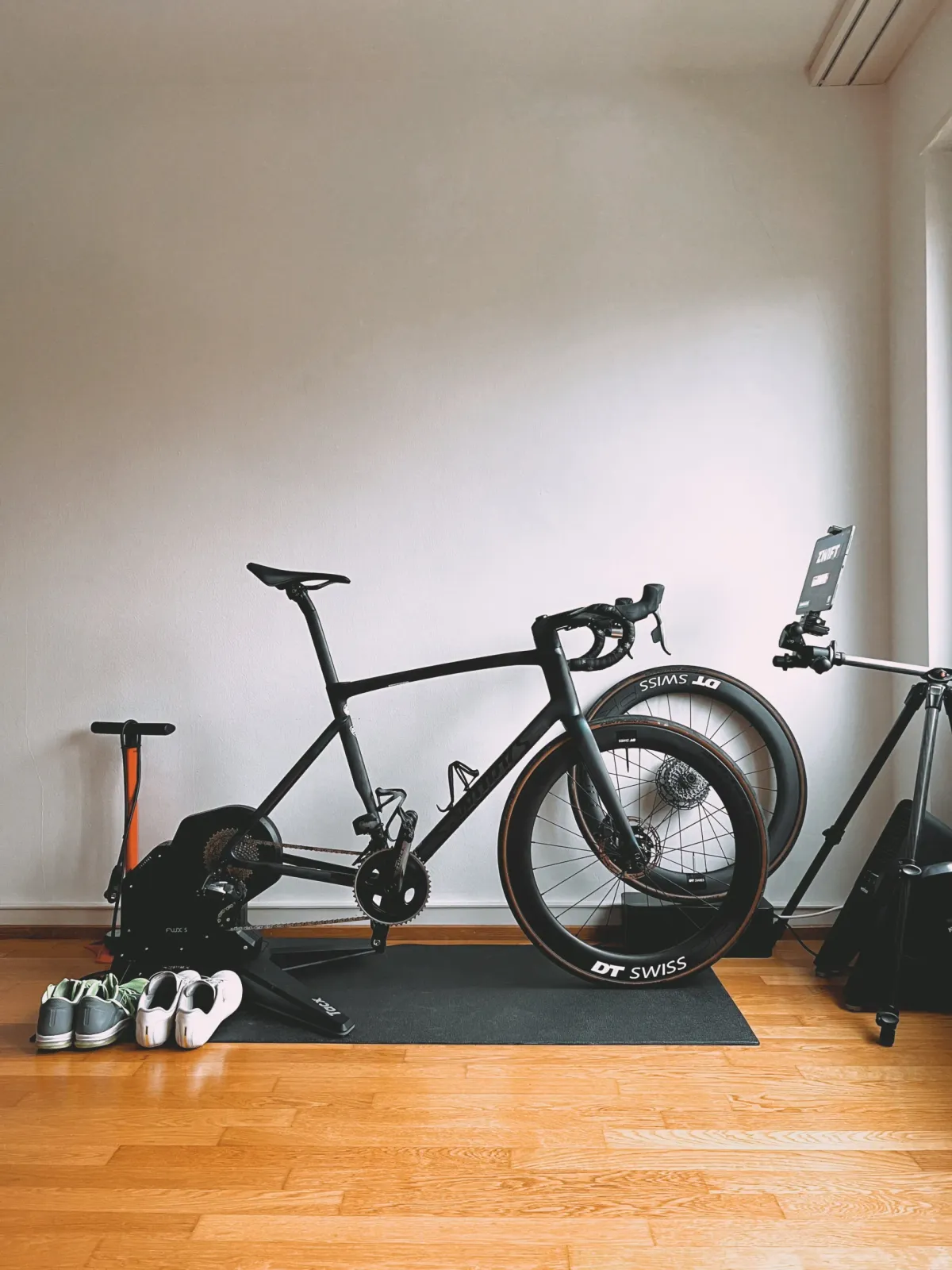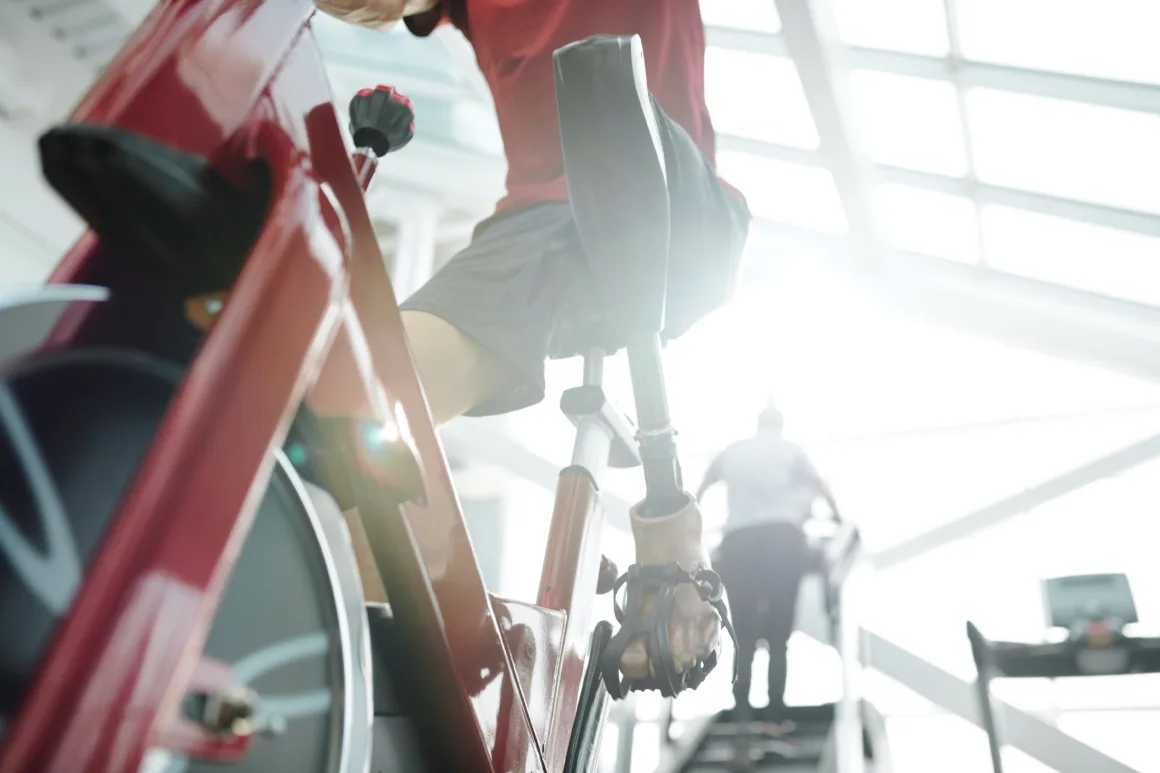10 Ways Indoor Training Can Make You a Better Cyclist in 2024

Halloween has passed, the weather outside is chilly and the paths are covered in a slick combination of leg destroying sand and salt. It’s indoor training season! Indoor training has become an indispensable part of the competitive cyclist’s regimen, and as we look towards 2024, it’s clear that indoor training methods are becoming more advanced and more integral to success.
Here are ten ways indoor training can make you a better rider in the coming year:
1. Structured Workouts for Precision Training
Indoor training allows cyclists to follow structured workout plans with precision. Programs like Zwift, TrainerRoad, and Sufferfest offer workouts designed to target specific energy systems. This means you can work on your endurance, threshold, or sprinting capabilities with precision, ensuring that your training is efficient and effective.
This structure isn’t just great for hitting those harder zones, either. I love that indoor training can force me to stick to my easier endurance zones for effective base building.
2. Year-Round Consistency

Weather and daylight constraints can make outdoor training challenging. Indoor training eliminates these barriers, allowing for consistent training year-round. This consistency is key to building fitness and maintaining it, ensuring you’re in top shape no matter the season.
3. Data-Driven Feedback
With indoor smart trainers and apps, riders get immediate, data-driven feedback on their performance. Power output, cadence, heart rate, and more can be tracked and analyzed to make informed decisions about training adjustments and track improvements over time.
4. Time-Efficiency

Without the need to prepare for outdoor conditions, indoor training is incredibly time-efficient. You can get on your trainer and start your workout immediately, maximizing your training time, which is especially beneficial for those with busy schedules. Indoor cycling also eliminates coasting time, which can be 20% or more of your outdoor ride time. It’s all time spent building fitness.
5. Technique Refinement
Indoor training provides a controlled environment to focus on technique. For example, you can concentrate on maintaining a smooth pedal stroke or practicing seated and standing climbs without the interruptions of traffic and road conditions.
6. Safe Environment for High-Intensity Workouts
Performing high-intensity intervals can be risky on open roads due to traffic and road hazards. An indoor trainer provides a safe environment where you can push your limits without external risks.
7. Mental Toughness

Embrace the Boredom
Indoor training can be mentally challenging due to the static environment and lack of changing scenery. Regularly overcoming this challenge can increase mental toughness, which is invaluable during difficult outdoor rides or races.
8. Recovery Rides
Recovery is crucial for improvement. Indoor trainers are perfect for recovery rides as they allow for a controlled, low-intensity effort, which is less likely when the temptation of the road might lead you to push harder than you should.
9. Integration of Cross-Training
Many indoor training platforms now integrate cross-training activities like yoga, strength training, and stretching, which are important for overall fitness and injury prevention. This holistic approach to training can lead to better riding performance.
10. Community and Competition
Lastly, indoor training platforms often have a strong community aspect, with group rides and races that can fuel your competitive spirit. This sense of community not only makes training more enjoyable but can also push you to perform better.
As we progress through 2023 and look towards 2024, indoor training is not just an alternative to outdoor riding; it’s a sophisticated complement that can significantly enhance a cyclist’s capabilities. By embracing the variety and specificity that indoor training offers, you can emerge as a stronger, more versatile rider ready to tackle the roads with newfound vigor.





